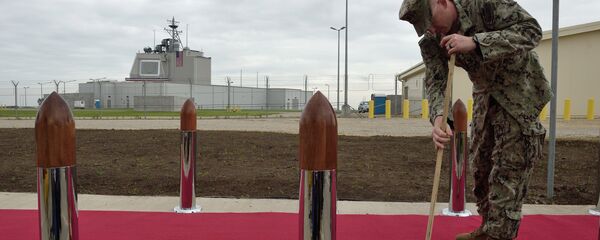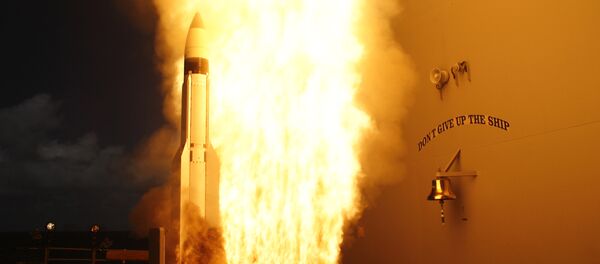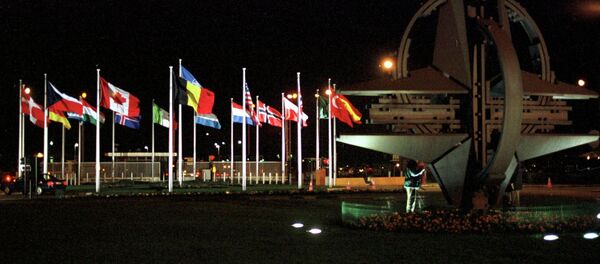The newspaper quotes one of the French officials without revealing his name as doubting that the system will be “truly under Alliance, not American control.”
“We are not sold on IOC,” the outlet quotes him as saying, using the acronym for Initial Operating Capability, the military term for a stage of the system’s development where a system can meet the minimum operational (Threshold and Objective) capabilities for a user’s stated need.
“It is not just a technical question, there is a political aspect,” the official further explained. “If it is [a] NATO system, NATO takes the responsibility if you shoot down the missile. NATO takes responsibility if you miss.”
Another unnamed French official added that the NATO command and control system wasn’t ready and that the system remained an American one.
“The C2 system is not sufficiently mature to allow NATO to control the situation,” he is quoted as saying.
The US officials however are pushing for the system to come under NATO control at its July summit in Warsaw, otherwise they are worried that Russia might regard it as “a sign of weakness” after the pompous launch of the US ground-based missile defense system site in Romania last week.
“Alliance and US officials believe that if NATO doesn’t use its July summit in Warsaw to take control of the missile-defense system and declare it operational, Russia will declare that the alliance is bending to its will,” the newspaper says in reference to Moscow’s repeated concerns over the system and assertion that it is a threat to global and national security.
Other European experts have already doubted the efficiency and capability of the system.
In his interview with the German daily Frankfurter Rundschau the researcher called the system “too expensive, inefficient and the wrong response to a perceived threat.”
Referring to the declared aim of the US that “the shield is directed against rogue states like Iran and not intended to target Moscow's missiles,” Spanger explained that it is almost impossible that Tehran would actually attack European targets or US bases in Europe as it would ignite a military conflict, with the biggest casualty most likely being Iran itself.
With regards to the efficiency of the deployed system, the expert said that NATO tests reveal that the system is capable of intercepting and destroying only eight out of ten launched missiles. He added that in a real combat environment this figure would probably be even lower.
In its comments on the system’s operation, the Wall Street Journal notes that the short flight time of ballistic missiles requires military commanders trying to shoot them down to make nearly instantaneous decisions.
The recently launched site in Deveselu, Romania, is part of a larger project.
Other components include the X-band radar facility in Turkey, used to help target the interceptors, four US guided-missile naval destroyers in Spain, capable of shooting down ballistic missiles and command-and-control headquarters in Ramstein air base in Germany, built by the Alliance for the American-designed radar and missile systems.
The US has also started construction of a second land-based interceptor site in Poland.
If the system is transferred to NATO in July, US officials hope that it will be at full operating capability in 2023, after the completion of an interceptor site in Poland.
A NATO official involved in the process told the newspaper that the final decision on whether to declare the system operationally ready will likely go down to the wire.






